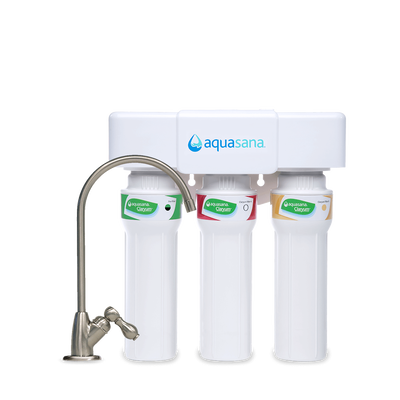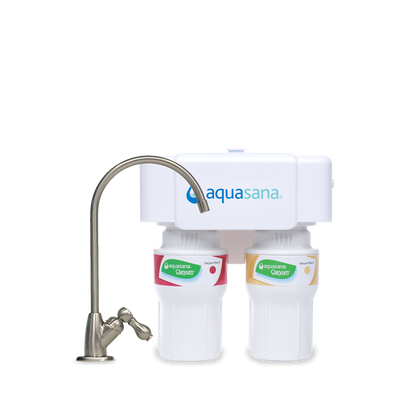Recent trends in food, fashion, and décor seem to have one thing in common: revisiting the past – from midcentury modern furniture to fashion from past decades. The most obscure of these trends can be best described as “pilgrim chic”. The coolest groceries are the ones that come directly from a farm, urban chickens are all the rage, a fad diet is literally modeled after a caveman’s, and almost every millennial has tried their hand at some sort of fermentation process. Overall, though, no harm, no foul, right? Enter: Raw water.
Proponents of the raw water movement, also known as live water, suggest that the best way to drink water is straight from the source, be it a spring, river, or creek. And further, that tap water, which has been treated to rid it of contaminants and bacteria, is a sub-par alternative. Taken at face value, it sounds picturesque – taking a stroll to the local creek with a small bucket in tow to fill with water. Unfortunately (or not) this scenario is a thing of the past, and for good reason.
Even the clearest water hosts bacteria sometimes
Ground water is, and always has been, a breeding ground for bacteria and chemical by-products. Further, the clarity of water is a useless indicator of cleanliness. In fact, a 2017 study, published in Inland Waters, found that lakes with clear water in Iowa are less safe than lakes in the same area that had turned green from algae. Iowa, a markedly rural state, has significant farming presence. For this reason, study authors suspect that some nutrients used to fertilize crops killed algae in certain lakes resulting in clear, but unsafe, water.
But chemicals absorbed into groundwater are just the tip of the iceberg. It’s no coincidence that in 1908, when the government began treating water with chlorine, instances of typhoid fever reduced drastically. Before chlorine water treatment began in the US, 25 out of 100,000 people died from typhoid fever annually. But in 2015, there were a total of just 305 cases of typhoid fever. Other waterborne diseases that have been virtually eliminated in the United States include diarrhea, cholera, dysentery, and polio. And these illnesses are no joke. The CDC reported that between 2013 and 2014, waterborne diseases resulted in 1,006 cases of illness, 124 hospitalizations, and 13 deaths in the US alone.
The CDC reported that between 2013 and 2014, waterborne diseases resulted in 1,006 cases of illness, 124 hospitalizations, and 13 deaths in the US alone.”

If waterborne diseases and chemical by-products aren’t enough to cause concern about drinking water before it’s been treated, certain toxic chemicals, including arsenic and radon naturally occur in the earth and can easily seep into groundwater. In high doses, both of these chemicals are poisonous.
And yet, raw water is trending
Even with widely available research on the potentially fatal downsides of drinking untreated water, advocates of raw water opt to skip tap water for the alternative.
Already, there are a number of companies profiting from raw water. One such brand, according to the New York Times, sells a 2.5-gallon jug of raw water for $36.99.
There are two main reasons people are gravitating towards raw water. For one, a subsection of people distrust fluoride, which cities began adding to water to prevent tooth decay as far back as 1945. Although there is substantial research that fluoride is a safe additive that protects adults and children from cavities, groups that support raw water are wary of these facts.
People are also skeptical of the quality of water that travels through pipes and may contain (and leach) lead. To some extent, this argument has more fact-based merit. In rare cases, cities in the US have dealt with the repercussions of lead leaching into their water supply. Although lead poisoning is a serious concern, cases of lead poisoning are increasingly rare and water treatment plants have implemented safeguards to prevent lead leaching.
Tap water is still safer
Ultimately, the risks associated with drinking raw water are far more serious than the risks of drinking tap water. And while some concerns associated with tap water are legitimate, including residual chemicals from the treatment process like chloramine or chlorine or lead leaching, most of these can be addressed with filtration.

